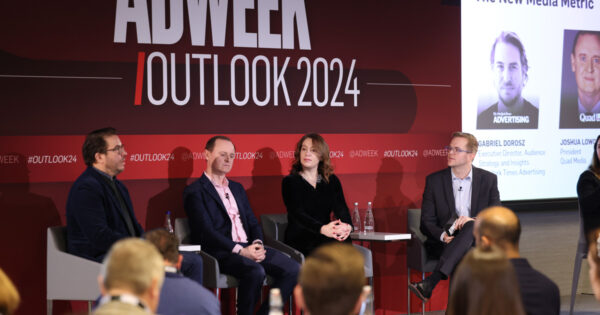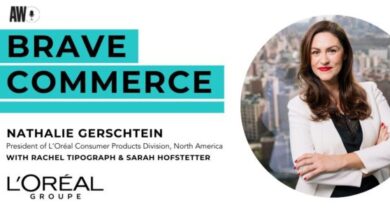
The Times is developing playbooks for advertisers on how to drive particular brand objectives, like awareness, favorability and purchase intent, Dorosz said. The publisher is also using attention metrics, a newly in-vogue way of tracking which media audiences pay the most attention to.
“We really like attention as a potential way to quantify the quality of an impression,” Dorosz said. “We like the idea of benchmarking like-for-like in terms of our inventory and the inventory out in the world.”
Lowcock noted that the fact that attention metrics are taking off now shows a failure of prior measurement techniques.
“I get frustrated with the obsession with attention because the purpose of advertising has always been to get attention,” he said. “So our pivot to attention is a recognition that we failed to deliver on the promise of what advertising should be.”
New media paradigms
Advertisers are not only still using yesterday’s measurement, but they’re also buying yesterday’s media.
Lowcock said too much money is being invested in display advertising, while Milicevic added that streaming television, a white-hot sector of digital media, is getting too much investment for the quality of inventory.
“There’s a discrepancy between the quality of the advertising product and everyone’s desire to put more money toward it that we need to address as an industry,” Milicevic said.
There is a certain desire to do risky things but not so much of an appetite.
Ana Milicevic, co-founder of programmatic consultancy Sparrow Advisors
Email advertising, the panelists agreed, is underinvested in by marketers.
“[Email] satisfies the attention thing,” Lowcock said. “It’s a moment. It’s guaranteed delivery. It ticks all these metrics, and yet we’re not focused on it as an industry.”
Another emerging media channel for brands to consider is partnering with athletes as creators, instead of only buying sports media from traditional channels.
“We’re seeing more deals that are directly over the top. You’re going directly to athletes as a brand,” Milicevic said. “You don’t have to go to the Olympics sanctioning body and pay a lot of money.”
There are opportunities for brands to avoid the fallout of a media landscape in dislocation, only if they’re savvy enough to take them.
“You need to have flexibility and understanding and have an appetite and a risk for being wrong, which doesn’t gel with peoples’ P&L (profit and loss),” Milicevic said. “There is a certain desire to do risky things, but not so much of an appetite.”
Source link





